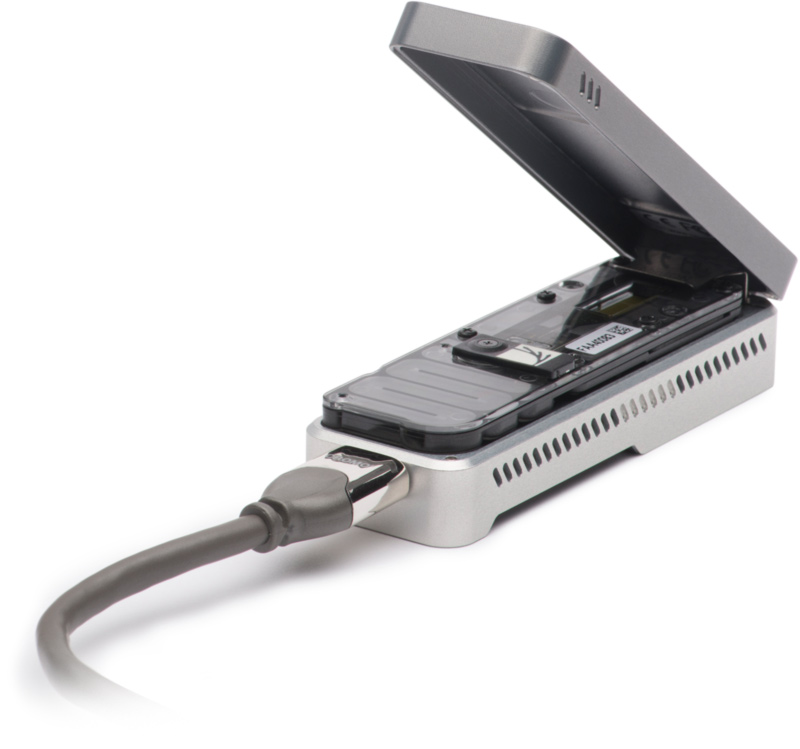
The secret to gift-giving has always been the ability identify passions and hobbies. A painter likes paint, a writer likes books, and a scientist likes… science? Unless you’re a scientist yourself, you likely don’t know the tools of the trade. Worry not, we’re here to help. Here are a few gift ideas for scientists that are sure to tickle their scientific fancy.
Microscope Glasses
Many scientists spend a lot of time gazing into microscopes. A necessary component of the trade, microscope gazing becomes a monotonous chore over time. This is especially true for routine tasks that require little more than a passing glance. Checking that my cells have been properly uprooted from their flask when I need to split or use them shouldn’t require such heavy duty equipment! I am certain that my cell culture experience would be greatly enhanced by fashionable frames. Let’s skip the microscope today and gaze at cells through microscope-based cell glasses. At 400x magnification, these gems are a steal.
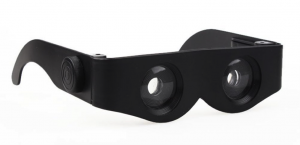
If your budget isn’t prepped for a 50 USD purchase, or if you doubt the fashion sense of these particular manufacturers, the 13 USD glasses below are even more reminiscent of mad scientist fashion. At only 25x, however, they won’t help anyone interested in cell gazing.
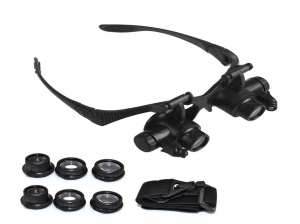
Pen Turned Digital Recorder
As scientists, record-keeping is crucial. Did I add 50 mL or 100 mL? Has it been twenty-three hours, or twenty-four? Small details can be the difference between success and failure, between discovery and disappointment. That’s why every scientist keeps a meticulous notebook documenting all the details of their experiences. Of course, over years of scientific inquiry these notebooks begin to pile up. Teetering piles of yellowing paper bound together in aging booklets begin to grow in precariously placed rows of condensed data. Eventually, they are packed up in boxes and stored. They are never thrown away. I imagine the keeping of scientific notebooks becomes a marital issue over time, as retirement forces a lifetime of notebooks into living spaces. Why not help your scientist friend maintain marital bliss throughout old age? Be the first to tell them that their data could be recorded digitally at the very same time it is recorded manually. Sharper Image’s bluetooth digital pen has made this dream a reality. When writing with this pen, a digital version of one’s script is automatically saved. Welcome to the future. Your scientist-friend will surely enjoy living here, in the future. This present gets extra kudos from the spouse, though they may not know it yet.
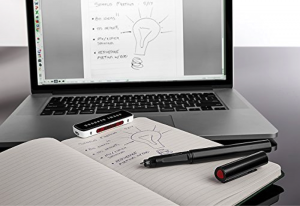 Innovative Pipettes
Innovative Pipettes
Pipetting is the scientist’s bread and butter. Nearly every experiment requires some pipetting, and many require significant pipetting. Up, down, up, down, in, out, side-to-side. Pipetting is an art. It is also a beast of dexterity. Precision, accuracy and intense focus on the seemingly mundane are key. Pipetting twice into the same well of a 384-well plate can invalidate your results. Scientists have different pipetting habits to ensure success. Some count the columns they’re working with, either in their heads or out loud. Others draw little dots on their plates – a reminder of which wells have already undergone the appropriate pipetting process. Still others move a paperclip from column to column, identifying their place in case they get distracted mid-pipette. Anything that simplifies pipetting is a godsend to a scientist.
One problem, far from unique, is spacing. For example, last week I was making a drug plate for testing cancer cells’ responses to various treatments. The drugs were in small vials, ordered for easy batch retrieval. The spacing of the vials, however, did not correspond to my multichannel pipette. The solution? I spent more time than I would like to admit re-spacing the pipette tips in the tip box, leaving one space in between each one, so that only every other pipette tip would be inserted on my multichannel pipette. This allowed the correct spacing to work with the vials in batch and transfer the drugs to the plate. Each batch was eight drugs. I was making over fifty 384-well plates, diluted across for dose response. Pipetting each individually would have been incredibly time consuming. If the spacing hadn’t happened to work using every other pipette tip, I would have had to take the one-by-one approach. Why? I didn’t have an adjustable tip spacing pipette. Thanks to you, your scientist-friend could have one. If your budget can handle the hefty 1800 USD price tag, this is a gift for the ages.
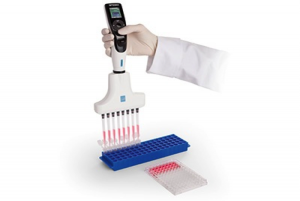
Another pipetting problem is the undeniable variability in human operation. When a scientist dispenses 1 mL into fifty 10 mL dishes, they generally use a sterological pipette controller. A 5 mL pipette tip is small enough that we can see each mL, marked by lines on the tip, and drop one in each dish. We are judging with our eyes, and it isn’t perfect. It is also inefficient, as being able to use a 50 mL tip would allow all 50 dishes to be filled with only one pipette tip. Using the 5 mL tips, we will need ten different pipette tips to finish all our dishes. As you may have guessed, there is a pipette controller that can help.
The ali-Q Pipet Controller allows you to set a particular dispensing volume from between 0.5 mL and 5mL. The press of a single button will dispense the correct amount with perfect accuracy, every time. Easier on the hands, efficiently saving materials, and more accurate to boot is basically a scientist’s dream product.
DNA Sequencing
Just because I work in a lab doesn’t mean I get to run experiments on myself. In fact, it is discouraged. The huge investments made in science are meant to enhance human health and our understanding of the natural world, not keep me updated to every change in cortisol, which indicates stress among other things, in my own personal organism. As a scientist, however, I am pretty interested in the specifics of my own organism. I would love to know all about the molecular goodies and markers coursing through my own body. Like many scientists, however, I haven’t gotten around to taking the plunge quite yet. New services that test genetics and report key factors relating to blood line, ancestry, and even health, are more affordable than ever. For just under 200 USD your scientist-friend can hire a lab to dig into their own molecular variables and the story of their DNA. Nothing gets cooler than that.
I found that every company has its worth, so I’d recommend you start your digging for the perfect DNA testing gift here. You don’t have to be a scientist to shop for one and no one appreciates a personalized gift more than someone who is used to getting gag gifts. Don’t get a scientist a t-shirt, get them a tool. One of these gifts is sure to do the trick. Your scientist will thank you

Nikki Collins is a freelance writer and scientist. Her scientific experience ranges from academic research at IU School of Medicine to the public health arena working in institutions such as Centers for Disease Control and Prevention (CDC). When not in a lab or at a computer, she enjoys almost anything outdoors, dance, and reading.
